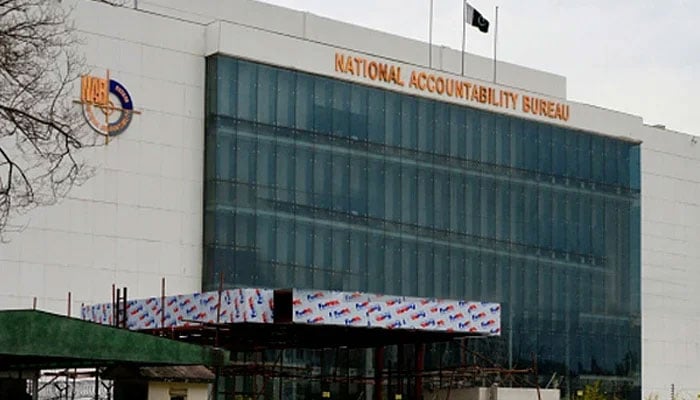
ISLAMABAD: The National Accountability Bureau (NAB) has introduced eight key reforms over the past two years to modernise its internal systems, increase transparency, and restore its credibility.
These wide-ranging measures, outlined in NAB’s Biennial Report 2023–24, aim to address longstanding public criticism and bring the Bureau’s operations in line with the amended National Accountability Ordinance (NAO), 1999.
The reforms span from complaint handling and digital transformation to enhanced legal procedures and asset recovery, reflecting what the report calls “a fundamental restructuring of how NAB functions.
These reforms include:
1) Complaint Handling Revamped: A newly developed Standard Operating Procedure (SOP) now governs the handling and verification of complaints, with a strict filtration system to eliminate frivolous and malicious submissions. Anonymous and pseudonymous complaints, which previously consumed significant resources, are no longer entertained without merit-based verification. During the reporting period, only 3,252 of 40,513 complaints were found to be cognizable. To manage the process efficiently, NAB established a Central Complaint Cell at its headquarters and Regional Complaint Cells across the country.
2) Trust Building Through Accountability Facilitation Cells: Facing criticism over its treatment of politicians, bureaucrats, and business leaders, NAB set up Accountability Facilitation Cells to ensure transparent handling of inquiries involving sensitive stakeholders. These units aim to provide a more structured and fair process, helping to restore confidence among key segments of society.
3) Record Recoveries Achieved: NAB reported record breaking recoveries amounting to Rs5.3 trillion, marking a more than fivefold increase over the Bureau’s total recoveries since its inception. The emphasis on early settlement and avoiding prolonged litigation contributed to this surge. All regional offices demonstrated an upward trend in performance.
4) SOPs Revised After Legal Clarification: With the legislature amending the NAO, 1999 and some changes later challenged in court, NAB was forced to realign its operational framework. After the Supreme Court upheld the amended ordinance in September 2024, the Bureau launched a thorough overhaul of its internal SOPs to ensure consistency with the law.
5) E-Investigation Tools Rolled Out: In a push towards modernisation, NAB introduced e-investigation tools, allowing officers to record statements via Zoom, Skype, and WhatsApp. These tools aim to make the investigative process more accessible, especially for complainants and witnesses.
6) Improved Guidelines for Visitor Interaction: To uphold the human dignity of those involved in NAB proceedings, the Bureau issued clear visitor protocols. Feedback from individuals visiting NAB offices is now collected and used to make necessary improvements, particularly in how defendants and witnesses are treated during inquiries.
7) Office Automation for Efficiency: NAB launched an E-Office system to digitize its internal processes. This secure, paperless platform is designed to streamline record management, automate workflows, and enhance overall efficiency.
8) Centralized Property Management: A major step was taken to centralize data on confiscated properties, previously maintained by various regional offices. Assets worth Rs22 billion have since been handed over to federal and provincial authorities, following thorough documentation by NAB’s Recovery and Disbursement Management Cells (RDMCs).
This image shows a man repairing an electric connection. — APP/FileISLAMABAD: The Lahore Electricity Supply Company...
DPM and FM Ishaq Dar addresses Pakistani community during an event in New York, US on July 27, 2025. — Screengrab...
CPPA-G will dole out the payments to reduce the circular debt to Rs561bn in the current or next week
Former finance minister Miftah Ismail. — Facebook@DrMiftahIsmail/FileISLAMABAD: After Federal Minister for...
Asian Development Bank headquarters. — ADB official Website/FileISLAMABAD: With the reappointment of one Executive...
Prime Minister Shehbaz Sharif is presiding a meeting in Islamabad on April 3, 2024....







